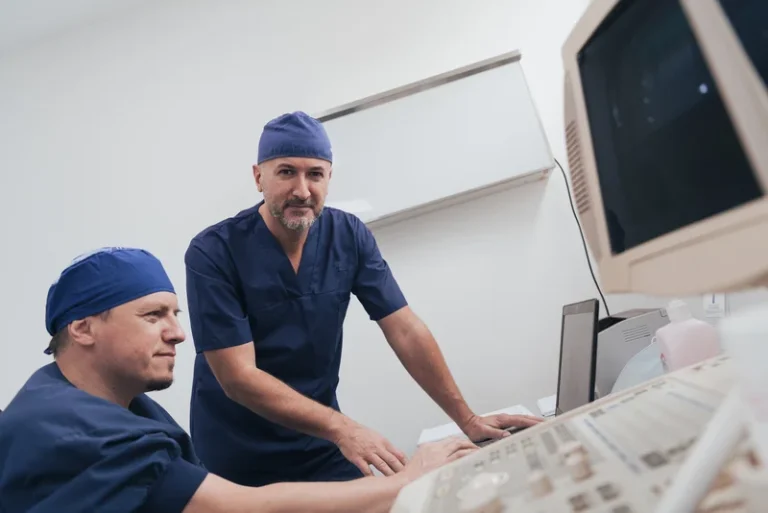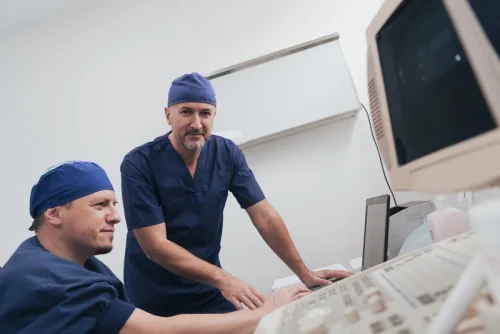
However, in the 1970s they were categorized as schedule I controlled substances, which are said to have “no currently accepted medical use and a high potential for abuse”; this blocked mainstream research on these compounds for decades. It is also important to note that while psychedelic therapy has demonstrated that it can be helpful in the treatment of a number of conditions, researchers are still exploring the exact mechanisms of action. Further research will allow scientists to figure out which drugs are most helpful for specific conditions, what doses should be used, and when such treatments should be avoided. Another potential concern is the possibility of people using psychedelic substances to self-treat. Self-treatment can pose a number of risks including the psychological dangers of experiencing a bad trip, the possibility of drug interactions, and the fact that many street drugs are mixed with unknown and potentially harmful substances. According to the National Institute on Drug Abuse (NIDA), these effects are a type of drug-induced psychosis that affects a person’s ability to communicate with others, think rationally, and interpret reality.
- Psychedelics have shown great promise in treating mental-health conditions, but their use is severely limited by legal obstacles, which could be overcome.
- This study provides unique insights into how clinicians at the forefront of PAT research in Australia conceptualize the therapy and its potential implementation.
- An overview of the quality assessment of all included papers is presented in Appendix A. In order to examine the extent to which quality variations may have influenced the thematic synthesis, we conducted a post hoc sensitivity analysis.
- The premise for MDMA-AT is that the therapeutic effects of MDMA are the result of an interaction between the medicine, the psychotherapy component, and the mindset of the participant and the therapists involved.
In post-traumatic stress disorder (PTSD)

Experts believe it could also help with obsessive-compulsive disorder, addiction, and treatment-resistant depression, but more research is needed. However, intravenous ketamine administration is considered to be more effective and less expensive. For people with severe depression, for example, research shows significant improvement after treatment, and results last about 6 to 8 weeks, on average.

Standard psychedelic therapy
Personally meaningful insight may be elicited by both psychedelics and mystical experience, and as a primary goal of psychotherapy, thus may be closely related to therapeutic outcome (16). Hayes et al. (17) defines psychological flexibility as ‘persisting or changing behavior in the service of chosen values’ (p. 7). Hendricks (19) expanded the mystical experience to include the emotion of “awe” that arose from such experience, which he equated to “openness” in personality trait theory. Based on classic research in the 1950s to 1970s that indicated a https://ecosoberhouse.com/ low response to treatment in patients with rigid personality traits, he further proposed that this is the fundamental characteristic of mystical experience and a potential catalyst for long-term therapeutic outcome.
Psychedelic drugs: considerations for clinical investigations. Guidance for industry
- Psilocybin use is not criminalized in several countries, including Portugal and the Netherlands, and a study commissioned by the Dutch Ministry of Health found that over-the-counter sales posed minimal risk to individual people and the public7.
- Participants rated how often, in the past two weeks, each of the nine symptoms bothered them on a scale ranging from 0 (“Not at all”) to 3 (“Nearly every day”).
- Other studies have supported LSD’s use in psychotherapy, especially in the treatment of alcoholism, and the drug is currently being studied for its use in treating generalized anxiety disorder.
- Psychedelic psychotherapy, a unique remarriage of biological therapy and psychotherapy, has the potential to transform mental health care.
- Substances included psilocybin, lysergic acid diethylamide (LSD), ibogaine, ayahuasca, ketamine and 3,4-methylenedioxymethamphetamine (MDMA).
Participants regularly mentioned that experiential sessions could be challenging or painful. These emotionally difficult experiences were often considered therapeutically useful, especially when participants managed to transform negative into positive emotions, which often had a lasting impact 53, 78, 81, 82, 85, 88. Closely related was the therapeutic importance of emotional catharsis, or the release of often painful emotions or memories 53, 77, 79, 82, 85. This tied in closely with participants’ ability to accept, and are psychedelics addictive surrender to, the difficult emotions they experienced 53, 81, 82, 85, 88. Across substances and disorders, respondents report on the wide emotional scope of the experience, the increased access to a range of emotions, and the importance of the emotional content of their experiences.

Data Availability Statement
- For example, insights into relationships with family or friends related to experiences of connectedness, while experiences of interconnectedness can also be labeled as mystical.
- Indeed, many researchers report their psychedelic studies as “double-masked” without testing such claims (71).
- According to Buller, you may be encouraged by your therapist to participate in traditional psychotherapy after completing psychedelic-assisted therapy.
- The US Congress can amend the Controlled Substances Act, changing the categorization of any controlled substance9.
- If you are interested in trying psychedelic therapy, signing up for a research trial is an option.
Given the intensity of the psychedelic experience, patients with a poorly integrated sense of self, and those with difficulties in emotional regulation and distress tolerance, may find the psychedelic experience destabilizing. We also suspect that patients who are high in avoidance — independent of the presence of personality disorders — may also have more challenges tolerating the psychedelic state. As research progresses, clinicians will gain a better sense for which patients are most likely to benefit from psychedelic treatments. In the era of modern psychedelic research, participants numbering only in the hundreds have received MDMA and psilocybin in clinical research settings.

Finding Psychedelic Therapy Support
Regarding well-being and ill-being, the most central nodes were depression (0.89), peace of mind (0.87), anxiety (0.81) and mental well-being (0.81). Among the nodes representing features of past psychedelic experiences, psychological insight (0.58) was more central than mystical-type experience (0.47). In the Frequency Model, the six most central nodes indexing different components of psychological flexibility / inflexibility were Self-as-Context (0.95), Cognitive Fusion (0.86), Values (0.85), Inaction (0.80), Committed Action (0.76), and Awareness (0.67). As for well-being and ill-being, the most central nodes were depression (0.89), peace of mind (0.86), anxiety (0.84) and mental well-being (0.81).

Psychedelic-Assisted Psychotherapy
- Given the highly personalized nature of psychedelic-induced patient experiences, quantitative measurements might not capture the full spectrum of phenomena experienced by patients.
- Results regarding the clustering of nodes relating to ill-being, and Experiential Avoidance as well as average use and components of psychological flexibility, should therefore be interpreted with some caution.
- As a result, it’s been limited to observational trials so far with a focus on treating opioid addiction.
- This was further supported by the significant mediating effect of mystical experience on outcome (12, 23, 24, 46).
For instance, studies that aimed to address patients’ subjective experience of a substance’s psychoactive effects 79, 84, 86, 88 contributed mostly to the phenomenology section. While we found quality differences, no articles were excluded based on our quality assessment. A complete overview of study aims, qualitative methodology and other study characteristics can be found in Table 3. Clinicians will also increasingly have to contend with what it means to “get better” after using psychedelic therapies. Some have argued that psychedelics may not actually improve core depressive symptomatology and only help with things like insight and self-awareness 44.
